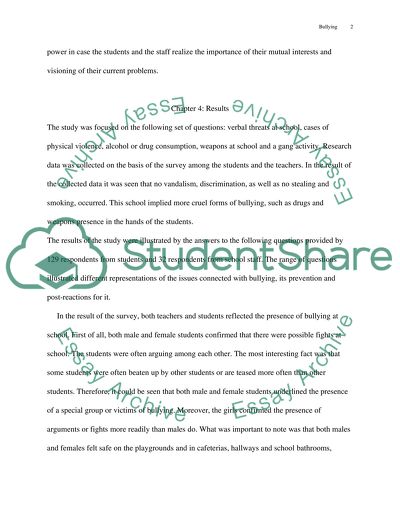Cite this document
(“Differences of Perceptions of the Amount of School Bullying Between Research Paper”, n.d.)
Retrieved from https://studentshare.org/education/1395788-differences-of-perceptions-of-the-amount-of-school-bullying-between-students-and-staff
Retrieved from https://studentshare.org/education/1395788-differences-of-perceptions-of-the-amount-of-school-bullying-between-students-and-staff
(Differences of Perceptions of the Amount of School Bullying Between Research Paper)
https://studentshare.org/education/1395788-differences-of-perceptions-of-the-amount-of-school-bullying-between-students-and-staff.
https://studentshare.org/education/1395788-differences-of-perceptions-of-the-amount-of-school-bullying-between-students-and-staff.
“Differences of Perceptions of the Amount of School Bullying Between Research Paper”, n.d. https://studentshare.org/education/1395788-differences-of-perceptions-of-the-amount-of-school-bullying-between-students-and-staff.


